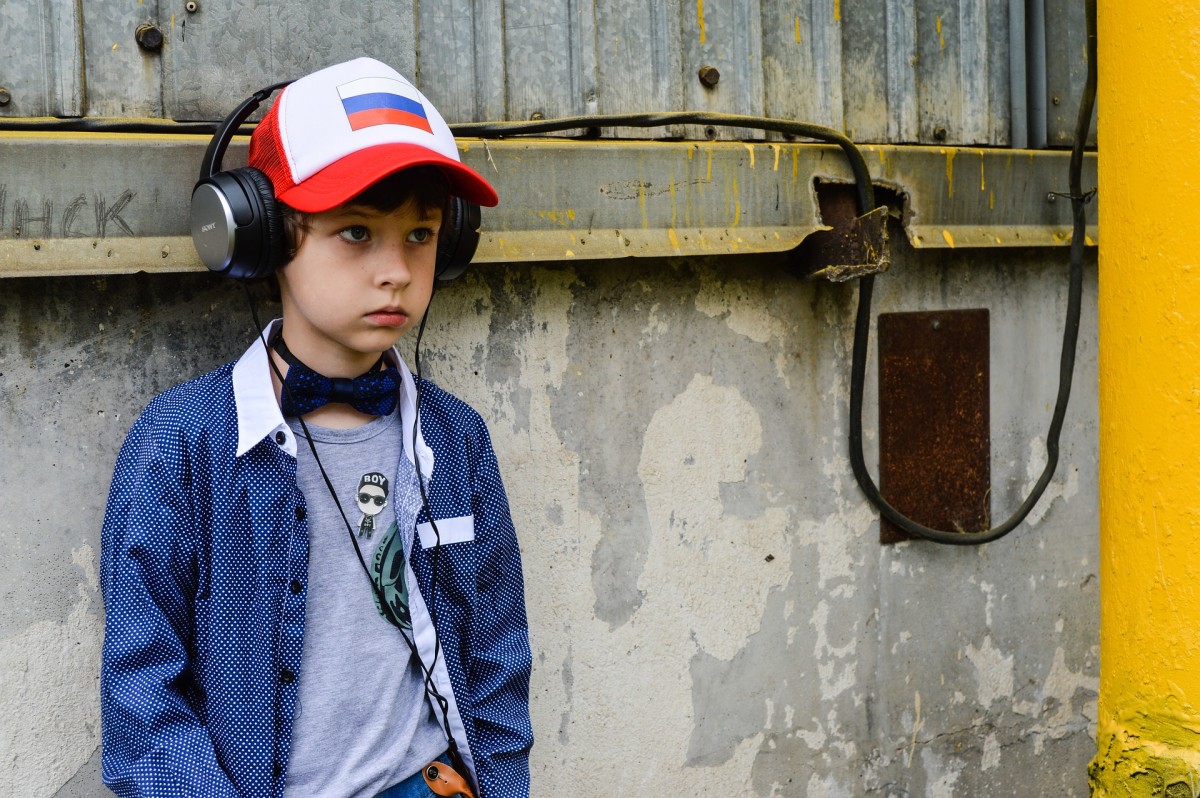Trampolines and Safety

Springing up everywhere in backyards and stores are trampolines. Trampolines are a great source of physical and aerobic exercise for children and adults. Though the trampoline is a great tool to use to get children outdoors and exercising, precautions and respect of the equipment is necessary.
As parents, it is our responsibility to examine whether or not a piece of physical equipment is safe. Granted, there are standards set by regulating bodies, but common sense and precautionary action is also required.
A trampoline is composed of four basic components. The first is the metal frame that is the foundation for the whole device. Attached to the metal frame are springs. Attached to the metal springs is a piece of fabric. The fabric, or the mat, is stretched taut to provide a smooth and rigid surface. By attaching the fabric to the metal springs, the whole mechanism becomes flexible as the springs are able to give and flex with each bounce of the jumper. The springs and edge of the trampoline are enclosed with padding to provide safety. In addition to this padding, there is a structure around the trampoline known as the enclosure which guides the participants to remain on the trampoline and not fall off the edge.
Parents underestimate the hazards and the responsibility that a trampoline demands. Many children are brought to hospital emergency rooms with fractures, sprains and other injuries. The most common areas for fractures are the forearm, humerus and elbow. More serious injuries can lead to paralysis or death.
There are many causes of injury, and some include colliding with another jumper, doing stunts such as flipping, landing improperly during jumping, falling off the edge, jumping off the edge, or falling between the springs or the frame while performing somersaults or other stunts. One factor to consider in the cause of injuries is the age of the child. In some countries, the hazard warning that is affixed to the trampoline does not recommend children who are 6 years of age or under to participate as they may become caught between the springs and the frame due to their small size.
Trampoline jumping can be enjoyed safely with the enforcement of rules and the use of safe equipment. For precautionary measures, the shock absorbing pads must cover the springs, hooks and frame. This will minimize injuries from these parts of the trampoline. Placement of the trampoline in the yard is very important. Do not place it near other structures, trees or other play areas. If the minimum age requirement is 7 years, then do not encourage younger children to climb in by placing chairs or ladders near the opening of the enclosure.
Like all sports and activities, there must be enforceable rules to ensure safety. These rules should be non-negotiable. The first is only one person at a time on the trampoline. This will reduce injuries caused by collision. Second, stunting should be prohibited. Incomplete flips and somersaults can break bones, hurt backs and injure the spinal cord. The third rule is that there is no jumping onto or off of the trampoline. The final, and most important rule, is that there must be adult supervision at all times to ensure safety and enforcement of the rules.
By following these simple steps, everyone can enjoy a fun afternoon of jumping on the trampoline.
© 2009 Beth100








